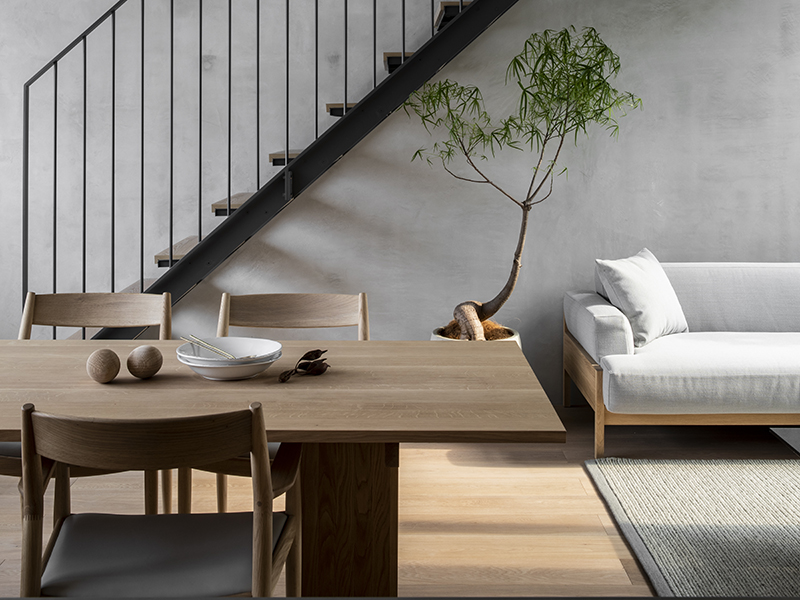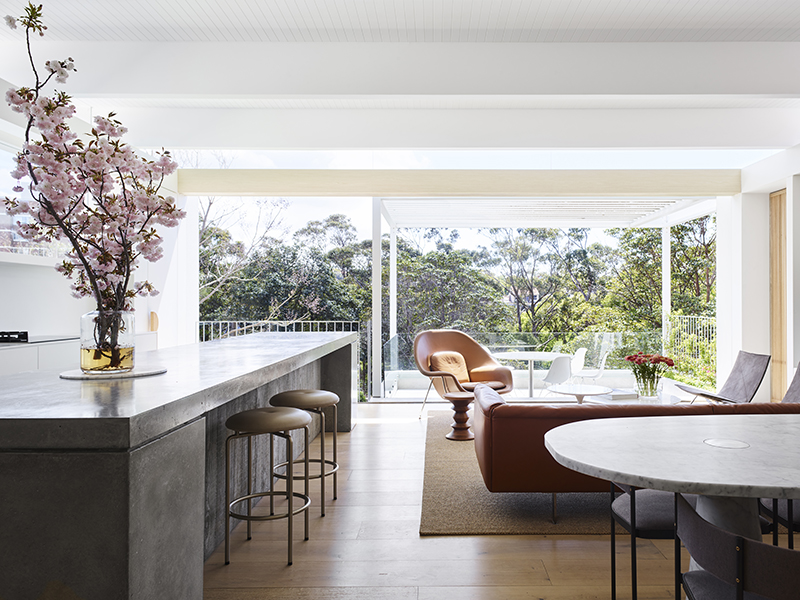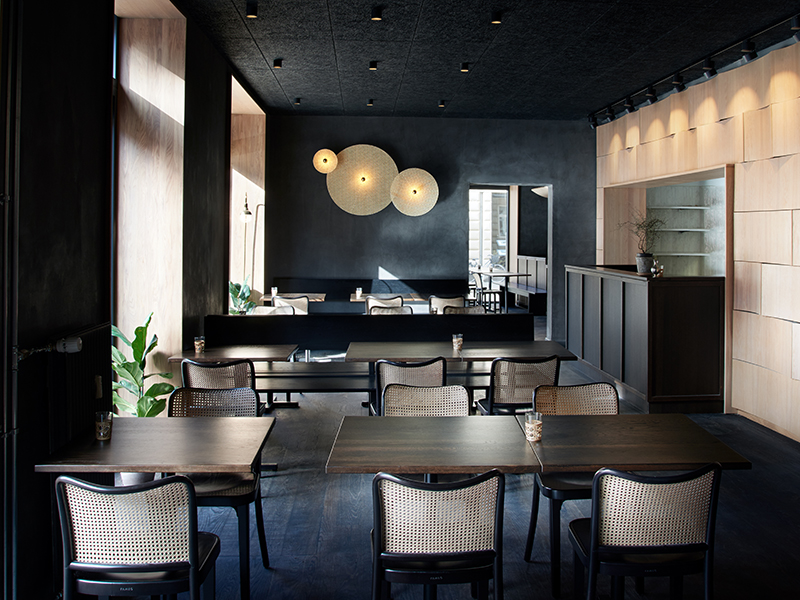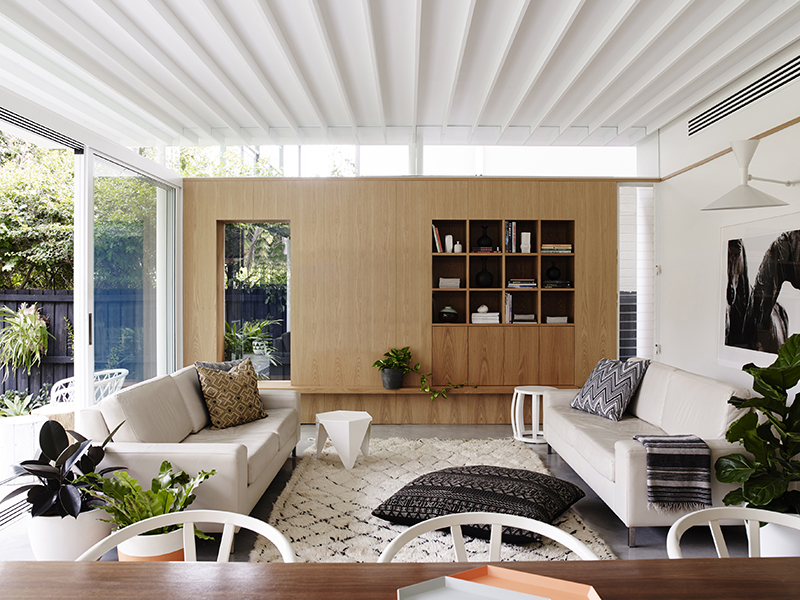4 Ways Japandi Design Can Add Calm to Your Home
This hybrid trend combines the modern flair of Scandi design with the timeless appeal of Japanese aesthetic—here’s how it can transform your space
This hybrid trend combines the modern flair of Scandi design with the timeless appeal of Japanese aesthetic—here’s how it can transform your space
Japandi—top designers’ new favorite take on minimalism—combines the modern-rustic vibe of Scandinavian design with the traditional elegance associated with Japanese style. Together, their calming emphasis on less is more and connection to nature is undeniably appealing.
“Scandinavian and Japanese styles are bound by a shared respect for simplicity, quality of materials, and craftsmanship,” explains Jonas Bjerre-Poulsen, architect and founder of Copenhagen-based Norm Architects. “Both are characterized by the understated and unspoken.
“With the pandemic, and a global focus on sustainability, people have a longing to create homes that are timeless, practical, and reconnect them with nature,” he adds. “These are all elements that have been addressed by these two design traditions for centuries.”

But this isn’t the first time the two aesthetics have combined. In fact, it’s the richness of their relationship that contributes to the strength of their blend. “Japandi—Japanese designs influenced by Nordic culture, or vice versa—isn’t new,” says Kazumasa Takada, architect and cofounder of London-based design firm Pan-projects, which was founded in Copenhagen and continues to complete projects there. “It has a rich historical context, stretching back to the introduction of Japonisme to Scandinavian countries in the 19th century.
“Since then, Danish and Japanese designers have inspired one another, and have interpreted both cultures through their own contexts. I believe the accumulation of those designers’ experiments in the past enriched the Japandi of today.”
By inviting nature inside, you increase your quality of life in an increasingly chaotic world—Jonas Bjerre-Poulsen
As a result of this history, Takada points out that Japandi, which embraces thoughtful, authentic details, is “not a design trend that superficially blends different cultures,” but rather, like each tradition on its own, is timeless.
Here, through the insights from these design firms and others, we offer tips on how to bring Japandi into your own home.

“In nature we find what is durable and timeless; what has endured long before us, and what resonates with us and make us feel at ease,” says Bjerre-Poulsen. “By inviting nature into your interiors, you increase your quality of life in an urbanized and increasingly chaotic world.”
Bjerre-Poulsen recommends incorporating plants, and an earthy, neutral color palette—both hallmarks of the Japandi aesthetic—and is especially fond of making a feature of light and views. “Framing views or installing floor-to-ceiling windows can turn your floors and surfaces into canvasses for the astounding play of light and shadow,” he explains.
“The use of natural materials, particularly timber, brings warmth and softness to the otherwise clean and ordered styles of Japanese and Scandinavian design,” says Madeleine Blanchfield of Australia-based Madeleine Blanchfield Architects.

Along with wood, this can include stone, paper in organically shaped lights and lamps, and other “living, breathing, fibers,” says Bjerre-Poulsen. “Leather and natural materials like cotton, linen, and wool, bring warmth and richness to interiors, and only gain beauty with time.”
Scandinavian and Japanese styles are bound by a shared respect for simplicity, quality of materials, and craftsmanship—Jonas Bjerre-Poulsen
“After an era of super-minimal design, it makes sense that people are drawn to the clarity and openness of minimal spaces but crave the complexity and detail that Japandi is recognized for,” says Blanchfield.
“I apply this design ethos by creating light, open, uncluttered spaces, with a few flexible elements such as sliding screens and beautiful details, like a curated selection of furniture. Then I bring in a layer of detail that is genuine and thoughtful, but not overbearing—for example by using timber in exposed beams or to frame certain elements.”

“Soft minimalism is our idea of eliminating the irrelevant in order to emphasize the important. You can do so by incorporating simple shapes and tactile design. The result is interiors that invite you to engage with them; spaces that have the room to welcome you; and products that not only fulfill a function, but also fill you with joy,” says Bjerre-Poulsen.
“Sparse interiors won’t feel empty if the framework is composed of warm materials, magnifying the expression of light and space,” he says, adding that uncluttered spaces don’t have to feel cold. “Refining designs to their purest forms, while maintaining a soft and honest feel, is the fundamental idea.”
Banner image: Kinuta Terrace, Japan, by Norm Architects